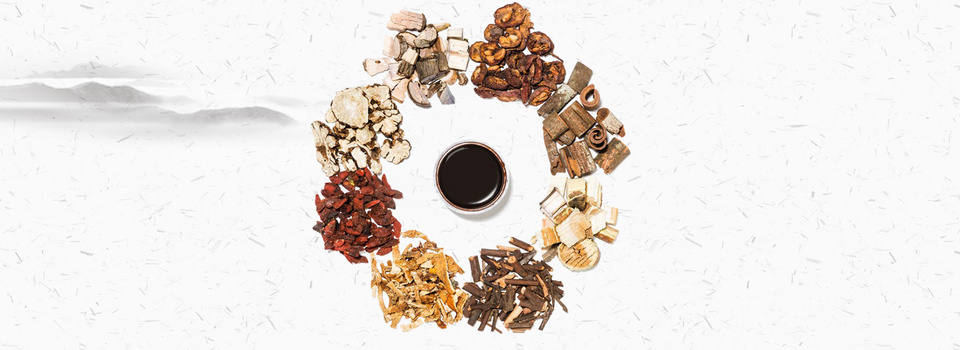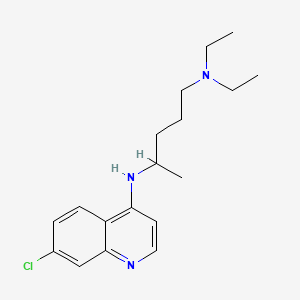chloroquine, 54-05-7, Aralen, Chlorochin, Chloraquine, Artrichin, Chloroquina, Chloroquinium, Capquin, Reumachlor, Chemochin, Chlorquin, Clorochina, Malaquin, Bemaco, Arthrochin, Bemasulph, Chingamin, Cidanchin, Cocartrit, Dichinalex, Gontochin, Pfizerquine, Quinachlor, Quinercyl, Quinoscan, Tresochin, Benaquin, Bipiquin, Elestol, Heliopar, Iroquine, Klorokin, Lapaquin, Malaren, Mesylith, Neochin, Quinilon, Roquine, Sanoquin, Silbesan, Siragan, Solprina, Sopaquin, Trochin, Amokin, Imagon, Nivaquine B, Bemaphate, Resoquine, Malarex, Chloroquinum, Cloroquina, Ronaquine, Nivaquine, Chlorochine, Chlorochinum, Quinagamine, Khingamin, N4-(7-chloroquinolin-4-yl)-N1,N1-diethylpentane-1,4-diamine, Avlochlor, Nivachine, Quinagamin, Quingamine, Resochen, Resoquina, Reumaquin, WIN 244, Delagil, ST 21 (pharmaceutical), 1,4-Pentanediamine, N4-(7-chloro-4-quinolinyl)-N1,N1-diethyl-, RP 3377, Chloroquinum [INN-Latin], Cloroquina [INN-Spanish], W 7618, (+-)-Chloroquine, CCRIS 3439, CHEBI:3638, HSDB 3029, 7-Chloro-4-((4-(diethylamino)-1-methylbutyl)amino)quinoline, N4-(7-Chloro-4-quinolinyl)-N1,N1-diethyl-1,4-pentanediamine, {4-[(7-chloroquinolin-4-yl)amino]pentyl}diethylamine, EINECS 200-191-2, UNII-886U3H6UFF, Chloroin, Miniquine, Rivoquine, Tanakene, Arolen, NSC 187208, NSC-187208, BRN 0482809, 886U3H6UFF, Gontochin phosphate, CHEMBL76, 4-N-(7-chloroquinolin-4-yl)-1-N,1-N-diethylpentane-1,4-diamine, SN 6718, Chloroquine [USP:INN:BAN], Ipsen 225, N(sup 4)-(7-Chloro-4-quinolinyl)-N(sup 1),N(sup 1)-diethyl-1,4-pentanediamine, DTXSID2040446, 7-Chloro-4-[[4-(diethylamino)-1-methylbutyl]amino]quinoline, Quinoline, 7-chloro-4-((4-(diethylamino)-1-methylbutyl)amino)-, 1,4-Pentanediamine, N(4)-(7-chloro-4-quinolinyl)-N(1),N(1)-diethyl-, MFCD00024009, NSC187208, SN 7618, CQ, Chloroquine (VAN), Clorochina [DCIT], N(4)-(7-chloro-4-quinolinyl)-N(1),N(1)-diethyl-1,4-pentanediamine, Chloroquinum (INN-Latin), Cloroquina (INN-Spanish), 3377 RP, 1,4-Pentanediamine, N(sup 4)-(7-chloro-4-quinolinyl)-N(sup 1),N(sup 1)-diethyl-, CHLOROQUINE (MART.), CHLOROQUINE [MART.], Chloroquine (USP:INN:BAN), 1246815-14-4, 3377 RP opalate, Chloroquin, CHLOROQUINE (USP IMPURITY), CHLOROQUINE [USP IMPURITY], CHLOROQUINE (USP MONOGRAPH), CHLOROQUINE [USP MONOGRAPH], Quinoline, 7-chloro-4-[[4-(diethylamino)-1-methylbutyl]amino]-, N(4)-(7-chloroquinolin-4-yl)-N(1),N(1)-diethylpentane-1,4-diamine, ST 21, 1,4-PENTANEDIAMINE, N(SUP 4)-(7-CHLORO-4-QUINOLINYL)-N(SUP 1),N (SUP 1)-DIETHYL-, NSC14050, Chloroquine (USP/INN), Malaquin (*Diphosphate*), Cloroquine, Chloroquine, 17, Arechin (Salt/Mix), Delagil (Salt/Mix), Tanakan (Salt/Mix), RP-3377, Bemaphate (Salt/Mix), Resoquine (Salt/Mix), Spectrum_000132, Chloroquine + Proveblue, CHLOROQUINE [MI], Prestwick0_000548, Prestwick1_000548, Prestwick2_000548, Prestwick3_000548, Spectrum2_000127, Spectrum3_000341, Spectrum4_000279, Spectrum5_000707, CHLOROQUINE [INN], (.+/-.)-Chloroquine, CHLOROQUINE [HSDB], Epitope ID:131785, MolMap_000009, CHLOROQUINE [VANDF], SCHEMBL8933, Lopac0_000296, BSPBio_000595, BSPBio_002001, CHLOROQUINE [WHO-DD], KBioGR_000778, KBioSS_000592, DivK1c_000404, CU-01000012392-2, SPBio_000174, SPBio_002516, GNF-Pf-4216, BPBio1_000655, GTPL5535, DTXCID0020446, BDBM22985, KBio1_000404, KBio2_000592, KBio2_003160, KBio2_005728, KBio3_001221, P01BA01, NINDS_000404, HMS2090O03, N4-(7-chloro-4-quinolyl)-N1,N1-diethyl-pentane-1,4-diamine, HY-17589A, s6999, AKOS015935106, CCG-204391, CS-W004760, DB00608, KH-0005, SB73098, SDCCGSBI-0050284.P005, IDI1_000404, SMP2_000034, NCGC00015256-02, NCGC00015256-03, NCGC00015256-04, NCGC00015256-05, NCGC00015256-06, NCGC00015256-07, NCGC00015256-08, NCGC00015256-09, NCGC00015256-10, NCGC00015256-13, NCGC00015256-17, NCGC00015256-28, NCGC00162120-01, NCI60_000894, SY086904, WLN: T66 BNJ EMY1&3N2&2 IG, SBI-0050284.P004, AB00053436, C3730, CS-0021871, FT-0623612, NS00001540, C07625, D02366, EN300-120683, MLS-0466768.0001, AB00053436-05, AB00053436_06, AB00053436_07, 1, N4-(7-chloro-4-quinolinyl)-N1,N1-diethyl-, Q422438, BRD-A91699651-065-01-1, BRD-A91699651-316-06-7, (7-Chloro-4-(4-diethylamino-1-methylbutylamino)-quinoline, n(sup4)-(7-chloro-4-quinolinyl)-n(sup1),4-pentanediamine, quinoline, 7-chloro-4-(4-diethylamino-1-methyl)butylamino-, N'-(7-chloroquinolin-4-yl)-N,N-diethylpentane-1,4-diamine, Quinoline, 7-chloro-4-(4-diethylamino-1-methyl-butylamino)-, 7-CHLORO-N-[5-(DIETHYLAMINO)PENTAN-2-YL]QUINOLIN-4-AMINE, N~4~-(7-chloroquinolin-4-yl)-N~1~,N~1~-diethylpentane-1,4-diamine, N(sup4)-(7-chloro-4-quinolinyl)-N(sup1),N(sup1)-diethyl-1,4-pentanediamine, 117399-83-4



